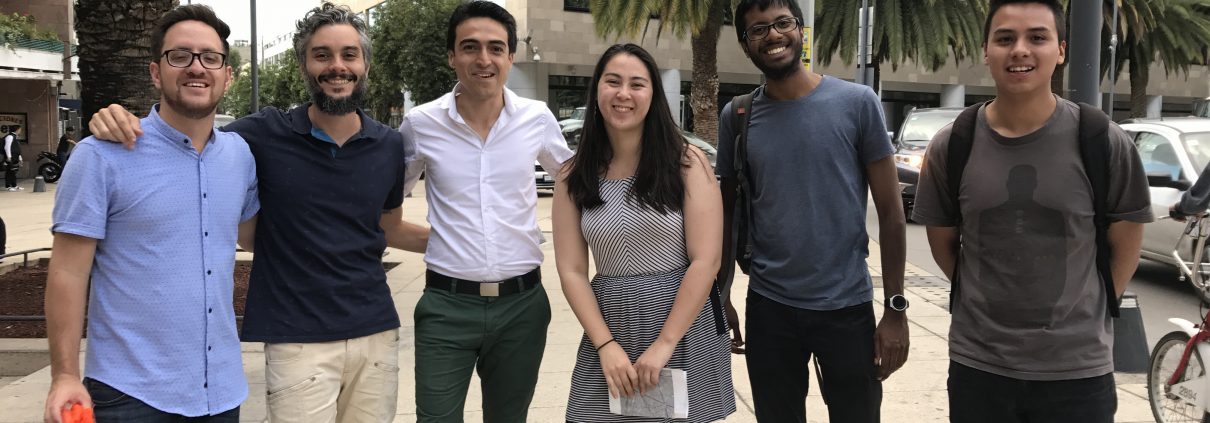Ciudad Posible: Exploring Urban Innovation in Latin America
By Ribeka Toda, MURP ’18
In the MURP program, one of the biggest frustrations can be the disconnection between academia and practice.
Discussing brilliant ideas for improving our cities with the brightest people can be exhilarating until faced with the reality of influencing public policy. For example, Professor Donald Shoup has been teaching generations of planners at UCLA about reallocating public space from cars to people by abolishing city parking minimums, yet the City of Los Angeles has yet to adopt such a policy.
So I am excited to have the opportunity to spend the summer in Mexico City, working with Laboratorio para la Ciudad (the Lab), an innovative and creative group within the Mexico City government focusing on urban planning and civic engagement. Having worked for a few public agencies in California, I am curious about how innovative ideas are imagined, planned and implemented within a city government. How do we disrupt the bureaucratic processes and the status quo within a city government with new ideas fueled by best practices, community engagement and the courage to venture into the unknown?
Within a few weeks of starting at the Lab, I suddenly found myself surrounded by urban innovation when the Lab hosted an event called Ciudad Posible. The first event of its kind, Ciudad Posible was a two-day conference in which people working at various laboratorios (urban innovation centers) across Latin America gathered to share their work, their accomplishments and their challenges, and to bond over their common objective to reimagine cities and bring local government closer to the people.
Representatives from Chile, Uruguay, Brazil, Colombia, Argentina and other parts of Mexico gave presentations, participated in Q&As and socialized over beers with their counterparts across Latin America. I learned about Uruguay’s open data for national roadway safety, about the pursuit of government transparency in Colombia, and about the varying roles that technology plays in these laboratorios. The conference ended with a discussion about the role of laboratorios in the future as they face changes in politics and priorities as cities grow and evolve.
While we in the U.S. often think of Latin American governments as dysfunctional or corrupt, it was inspiring to see that there is another side from the bottom-up that is working toward transparency, civic participation and sustainability.
And it also highlighted to me the important role that cities play in trailblazing new programs and new policies that may later be adopted at a national level. Santiago, Montevideo, Santos, Medellin and Buenos Aires are pushing boundaries to improve quality of life for residents and the rest of the country, much like cities such as Los Angeles and San Francisco do for California and the rest of the U.S. And these initiatives are born not only from within city governments but from citizens who care about their communities.
Among the many laboratorios present, the Lab in Mexico City stood out as the most established, the most complex, and the most successful (due to its relative longevity) in its programs and accomplishments. I feel even more grateful to be here and to work with its almost intimidatingly accomplished and passionate staff, and I am looking forward to continuing to learn about urban innovation in this magnificent city over the course of this summer.





